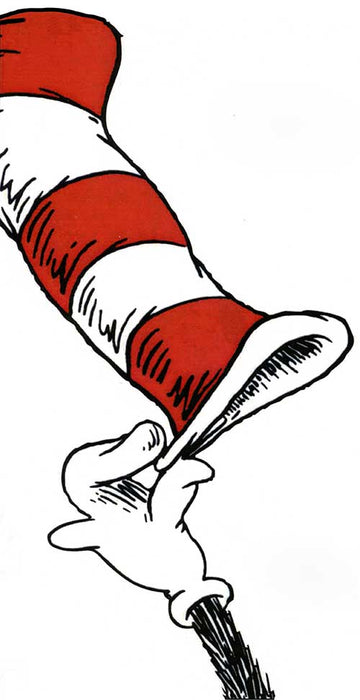
Lorax 50th Anniversary
Click to view image and pricing
Call 650-322-2200 for pricing
Dimensions: 55” x 26”
Medium: Serigraph on Paper
Edition Size: 295
Availability: Sold out at publisher but still available at Peabody Gallery
Year of Release: 2021
CLICK HERE for a complete overview of this artwork.
“Unless someone like you cares a whole awful lot,
nothing is going to get better. It’s not.”
In his 1971 seminal book, The Lorax, Dr. Seuss wrote, “I speak for the Trees,” lending a vital and lasting voice to the growing concern over world conservation.
Dr. Seuss’s Lorax stands confident and persistent, with steadfast determination and a clear vision of unwavering passion. He cares a “whole awful lot” and knows what history has proven to make a difference — it only takes one!
With that thought, Dr. Seuss’s voice stretches far beyond the crucial, but singular message of conservation. He seems to ask all of us, “What do you care about . . . a whole awful lot?”
““What do you care about . . . a whole awful lot?”
Throughout his books, Dr. Seuss has taken us on many fantastical, surreal adventures. However, with The Lorax he challenges us to decide why and how we want to make our mark on the world. In that way, The Lorax becomes a powerful symbol of following one’s convictions, whether they concern the environment, equality, justice, peace, or even love.
Of the hundreds of characters Dr. Seuss created, he proclaimed,
“The Lorax is my favorite.”
Theodor Seuss Geisel, aka Dr. Seuss, arrived in La Jolla, California in the late 1940s. There he would build his home overlooking the Pacific. He was charmed by the town, describing it as a “sleepy village” with lush vegetation and trees growing right up to the coast. However, by the late 1960s, La Jolla was no longer the restful place Ted had come to love. Highways, billboards, and a building boom had radically changed his perspective.
Ted's studio looked out on the Pacific with a view framed by beautiful eucalyptus trees. When developers sought permission to cut down these trees to make way for residential properties, Ted raised his voice in opposition and The Lorax was born.
He wrote The Lorax in 1971, just as the environmental movement was beginning to take hold — the first “Earth Day” was held in New York the year before. On February 13, 1972, California’s San Bernardino County Sun wrote that:
“The Lorax is clear and intentional.
”This is one story,” says Geisel, “that I fervently hope will become outmoded—a period piece in our own time. Because that would mean we’ve coped with the threats to our ecology in such a way that the next generation will not be endangered.”
